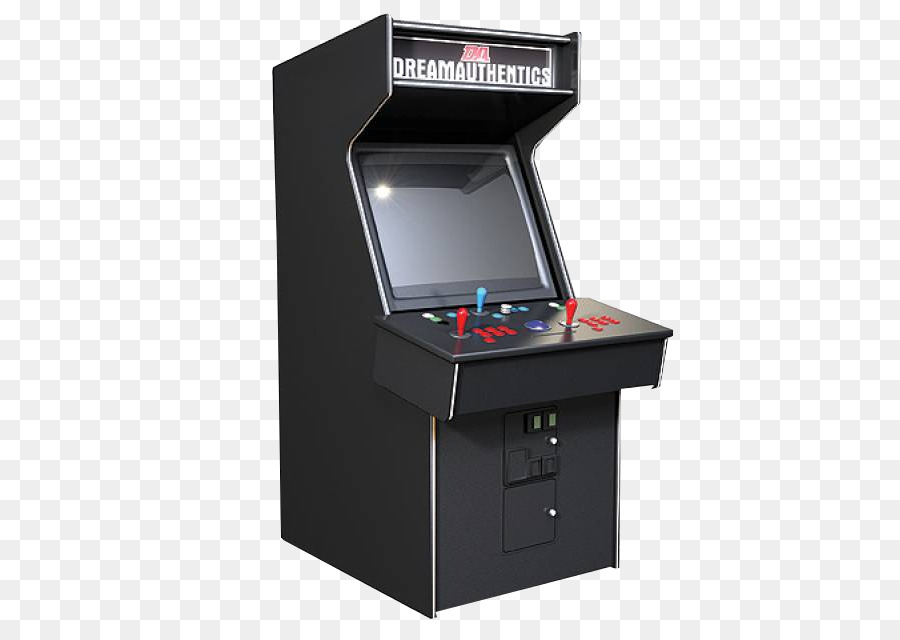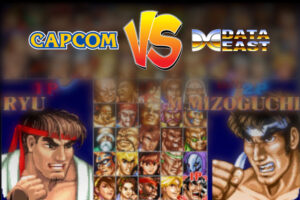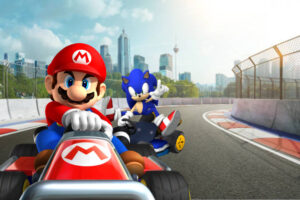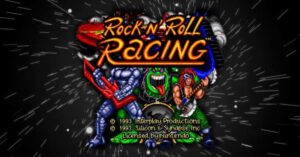
Classic arcade games hold a special place in the history of video gaming, marking the birth of the gaming industry as we know it today. From the clattering sound of coins dropping into the machine to the flashing lights and pixelated graphics, arcade games provided a unique and thrilling experience that captivated people in the 1970s and 1980s. These games were not just simple entertainment but were cultural phenomena that shaped the gaming landscape for generations to come.
Arcade gaming had its roots in mechanical games like pinball and other amusements, but the arrival of electronic games truly revolutionized the field. The first major breakthrough came in the early 1970s with Pong, a game that might seem primitive today but was groundbreaking at the time. Released by Atari in 1972, Pong was essentially a digital version of table tennis, where players used paddles to hit a square “ball” back and forth. The simplicity of Pong was its greatest strength, making it incredibly accessible and appealing to a wide audience. The machine’s success helped launch Atari into the forefront of the gaming industry, opening the floodgates for a wave of new arcade games.
In the late 1970s and early 1980s, arcade gaming entered what many consider its golden age. This era saw the release of some of the most iconic and beloved arcade games of all time, starting with Space Invaders in 1978. Developed by Taito, Space Invaders was a revolutionary game that introduced players to the now-familiar concept of shooting waves of enemies while protecting themselves from attack. The game’s distinctive visuals and ominous, descending enemy ships became instantly recognizable, and it was a commercial success, generating unprecedented profits and sparking a frenzy of arcade game development across the globe.
Another hallmark of the golden age of arcade games was Pac-Man, released in 1980 by Namco. Unlike the shooter-heavy games that dominated the market, Pac-Man stood out for its simple but highly addictive maze-chase gameplay. Players controlled a yellow, circular character as it navigated a maze, eating dots and avoiding ghosts. Pac-Man quickly became a cultural icon, spawning merchandise, cartoons, and even a hit song, “Pac-Man Fever.” Its appeal lay in its accessibility, engaging both casual and hardcore gamers alike. Its influence is so profound that even today, Pac-Man remains one of the most recognizable video game characters worldwide.
The 1980s continued to see the rise of arcade games with titles like Donkey Kong, released by Nintendo in 1981. Designed by Shigeru Miyamoto, Donkey Kong introduced players to the character who would later become the legendary Mario. In the game, Mario (then referred to as Jumpman) had to rescue a damsel in distress from a giant ape named Donkey Kong by navigating platforms and avoiding obstacles. This game not only helped cement Nintendo’s reputation as a key player in the gaming industry but also introduced the world to platformers, a genre that would go on to dominate gaming for years.
Around the same time, another iconic game emerged: Galaga. Released by Namco in 1981, Galaga was a sequel to Galaxian, but it improved on the formula in many ways, including more dynamic enemy movements and the ability to capture and use enemy ships. The game became a staple in arcades and is still remembered fondly for its fast-paced gameplay and intense action.
One of the major trends in the arcade scene during this era was the rise of competitive, high-score-driven gaming. Games like Defender (1981) and Asteroids (1979) were built around the idea of skill mastery, challenging players to survive as long as possible and rack up impressive scores. Asteroids, in particular, was a massive success, with its vector graphics and simple mechanics that emphasized quick reflexes and precision. Players could rotate and thrust a small ship while shooting at rocks and UFOs, all while avoiding collisions with the debris. The game’s endless challenge and the quest for high scores made it highly replayable and a staple in arcades.
Arcade games weren’t just about shooting and chasing, though. Some games, like Frogger (1981), offered unique and charming challenges. Frogger, developed by Konami, tasked players with guiding a frog across busy roads and rivers filled with hazards to reach the safety of their home. The game’s difficulty increased as levels progressed, but its simple premise and colorful graphics appealed to a wide range of players. Frogger became another example of a game with widespread cultural appeal, appearing in everything from television shows to t-shirts.
Arcades also became a place for collaborative and competitive multiplayer gaming. Games like Gauntlet (1985) introduced cooperative gameplay to arcades, allowing up to four players to explore dungeons and fight off waves of enemies together. Developed by Atari Games, Gauntlet combined elements of fantasy role-playing with fast-paced, action-oriented gameplay. It encouraged teamwork as each player controlled a different character with unique abilities, like the warrior, wizard, or archer. This type of cooperative gaming laid the groundwork for the team-based games that would become more popular in later years.
Another game that capitalized on multiplayer action was Street Fighter II, released by Capcom in 1991. Although technically outside the golden age, Street Fighter II redefined the fighting game genre and was a major hit in arcades around the world. Players could choose from a roster of diverse fighters, each with unique moves and abilities, and face off against friends or the computer in one-on-one battles. The game’s deep mechanics, intricate combos, and competitive nature made it a favorite among gamers and led to the rise of fighting game tournaments, which remain popular today. Street Fighter II was also instrumental in reviving arcade popularity in the early ’90s after a period of decline.
Speaking of competitive gaming, another game worth mentioning is Mortal Kombat (1992), developed by Midway. This game pushed the boundaries of what was acceptable in gaming with its use of realistic, digitized characters and its famously brutal “fatalities.” Mortal Kombat sparked a controversy that would eventually lead to the establishment of video game rating systems, but it also became one of the most successful and enduring arcade franchises, thanks to its engaging combat system and memorable characters.
As the 1990s progressed, arcade gaming faced increasing competition from home consoles, which were becoming more powerful and accessible. Consoles like the Super Nintendo and Sega Genesis allowed players to enjoy complex and engaging games from the comfort of their homes, and arcades began to see a decline in popularity. Still, arcade games maintained their unique charm and continued to evolve with technological advancements. Games like Virtua Fighter (1993) and Daytona USA (1994) introduced 3D graphics to the arcade scene, offering a new level of visual realism and immersion that home consoles couldn’t match at the time.
Despite the decline in arcades as public spaces, the legacy of arcade gaming continues to influence the gaming industry. Many modern games borrow elements from classic arcade titles, whether it’s the addictive nature of Pac-Man, the cooperative gameplay of Gauntlet, or the competitive spirit of Street Fighter II. Moreover, the nostalgia for the golden age of arcades has led to a resurgence in interest, with retro arcades popping up in various cities, and modern consoles offering classic arcade game compilations.
The iconic arcade cabinets themselves, with their artwork and joystick-and-button controls, have also become collector’s items. Enthusiasts search for rare machines to restore and preserve, creating a niche market for those passionate about reliving the classic arcade experience. Even today, new iterations of arcade cabinets are being produced, often featuring collections of games from the 1980s and 1990s.
In conclusion, classic arcade games were not only a form of entertainment but also a cultural phenomenon that shaped the future of gaming. From the groundbreaking success of Pong and Space Invaders to the enduring popularity of Pac-Man, Donkey Kong, and Street Fighter II, these games helped establish many of the genres and gameplay mechanics that are still prevalent today. Though their heyday has passed, the influence of arcade games can still be felt in modern gaming, and the nostalgia for that era ensures that their legacy will endure for years to come.





